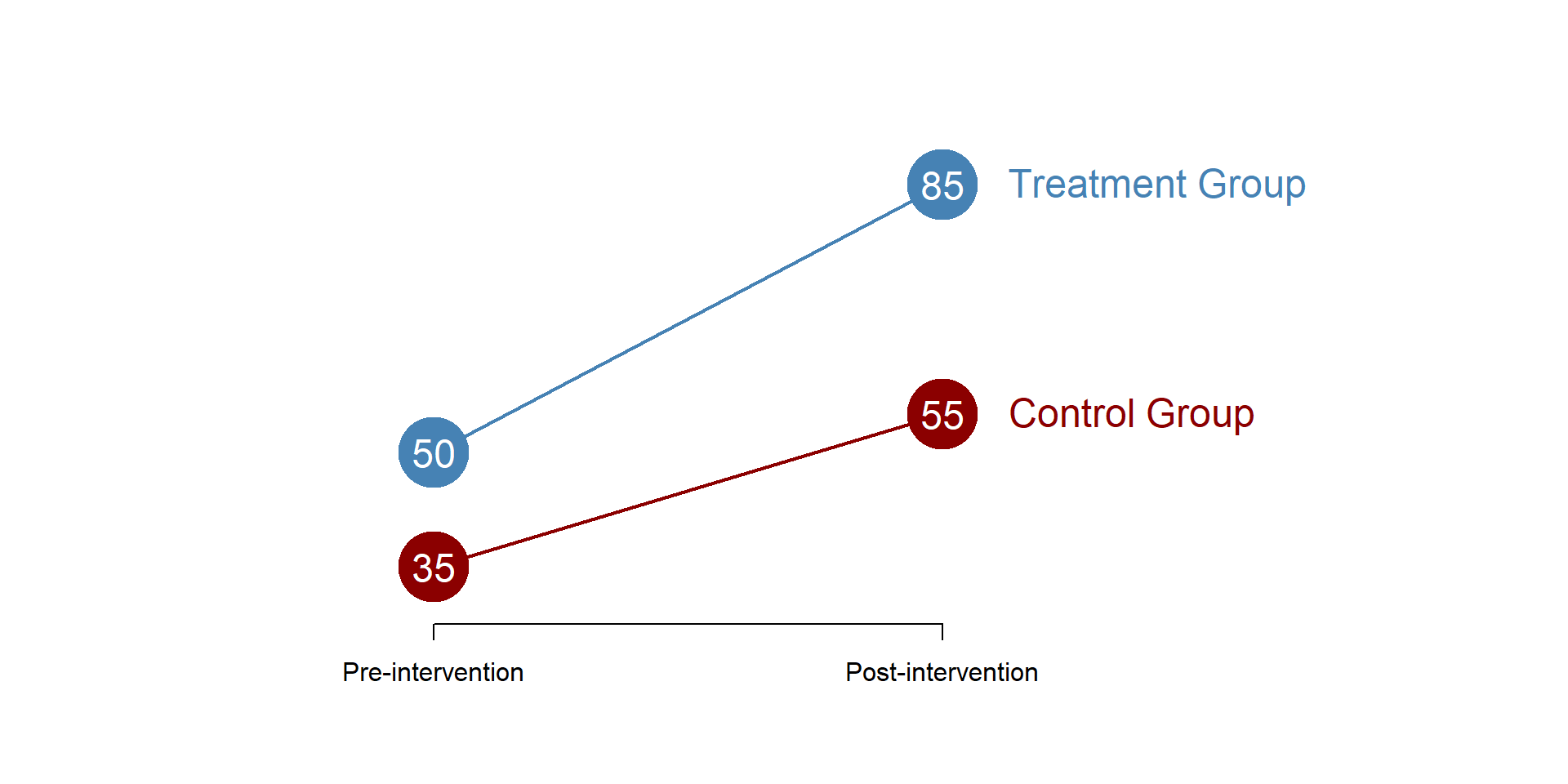Education
The Direct Analogy Method
The Direct Analogy Method is a creative problem-solving technique that involves comparing the problem at hand to a similar situation in a different context. This method encourages lateral thinking and can lead to innovative solutions by drawing parallels between seemingly unrelated concepts. Key steps in the Direct Analogy Method include: Clearly defining the problem or […]
Education
The Digital Divide
The Digital Divide refers to the gap between individuals, households, businesses, or geographic areas in terms of access to and use of information and communication technologies (ICTs). This concept emerged in the 1990s as computers and the internet became increasingly important in daily life. Key aspects of the Digital Divide include: Access to technology: Physical […]
Education
Differentiation Theory
Differentiation Theory, developed by Carol Ann Tomlinson, is an educational approach that recognizes and addresses the diverse learning needs of students within a single classroom. This theory posits that teachers should adapt their instruction, content, and assessment methods to meet the varying abilities, interests, and learning styles of their students. Key principles of Differentiation Theory […]
Education
The Difference Model
The Difference Model, also known as the Discrepancy Model, is an approach used in special education to identify students with learning disabilities. This model compares a student‘s actual achievement to their expected achievement based on their cognitive abilities. Key aspects of the Difference Model include: Assessing cognitive abilities through IQ tests or other standardized measures. […]
Education
The Desist Approach
The Desist Approach is a classroom management strategy developed by Jacob Kounin in the 1970s. This approach focuses on preventing disruptive behavior rather than reacting to it after it occurs. The term “desist” refers to the teacher’s ability to stop misbehavior quickly and effectively. Key components of the Desist Approach include: Withitness: The teacher’s awareness […]
Education
What is the Cultural Pluralist Position?
The Cultural Pluralist Position is a philosophical and sociological perspective that advocates for the coexistence and celebration of diverse cultural groups within a society. This approach recognizes the value of maintaining distinct cultural identities while promoting social cohesion and equal participation in the broader community. Key principles of the Cultural Pluralist Position: Diversity as strength: […]
Education
What is the Cultural Difference Theory?
The Cultural Difference Theory is an educational and sociological perspective that emerged as a response to the problematic Cultural Deficit Theory. This approach recognizes and values the diversity of cultural backgrounds in educational settings, viewing cultural differences as strengths rather than deficiencies. Key principles of the Cultural Difference Theory: Diversity as an asset: Cultural differences […]
Education
What is the Cultural Deficit Theory?
The Cultural Deficit Theory, also known as the Cultural Deprivation Theory, is a controversial perspective in education and sociology that emerged in the mid-20th century. This theory attempts to explain academic underachievement and social issues among minority groups by attributing these challenges to perceived deficiencies in their cultural background. Key aspects of the Cultural Deficit […]
Education
What is the Coordination of Secondary Schemata?
The Coordination of Secondary Schemata is a concept in cognitive development theory, particularly associated with Jean Piaget’s work on how children construct knowledge and understanding of the world. This process is crucial in the transition from sensorimotor intelligence to more advanced cognitive abilities. Key aspects of the Coordination of Secondary Schemata: Definition: It refers to […]
Education
What is the Conventional Stage?
The Conventional Stage is a crucial phase in Lawrence Kohlberg’s theory of moral development. This stage typically emerges during adolescence and is characterized by an individual’s adherence to societal norms and expectations. It is the second of three main levels in Kohlberg’s model, following the Pre-conventional Stage and preceding the Post-conventional Stage. Key features of […]














